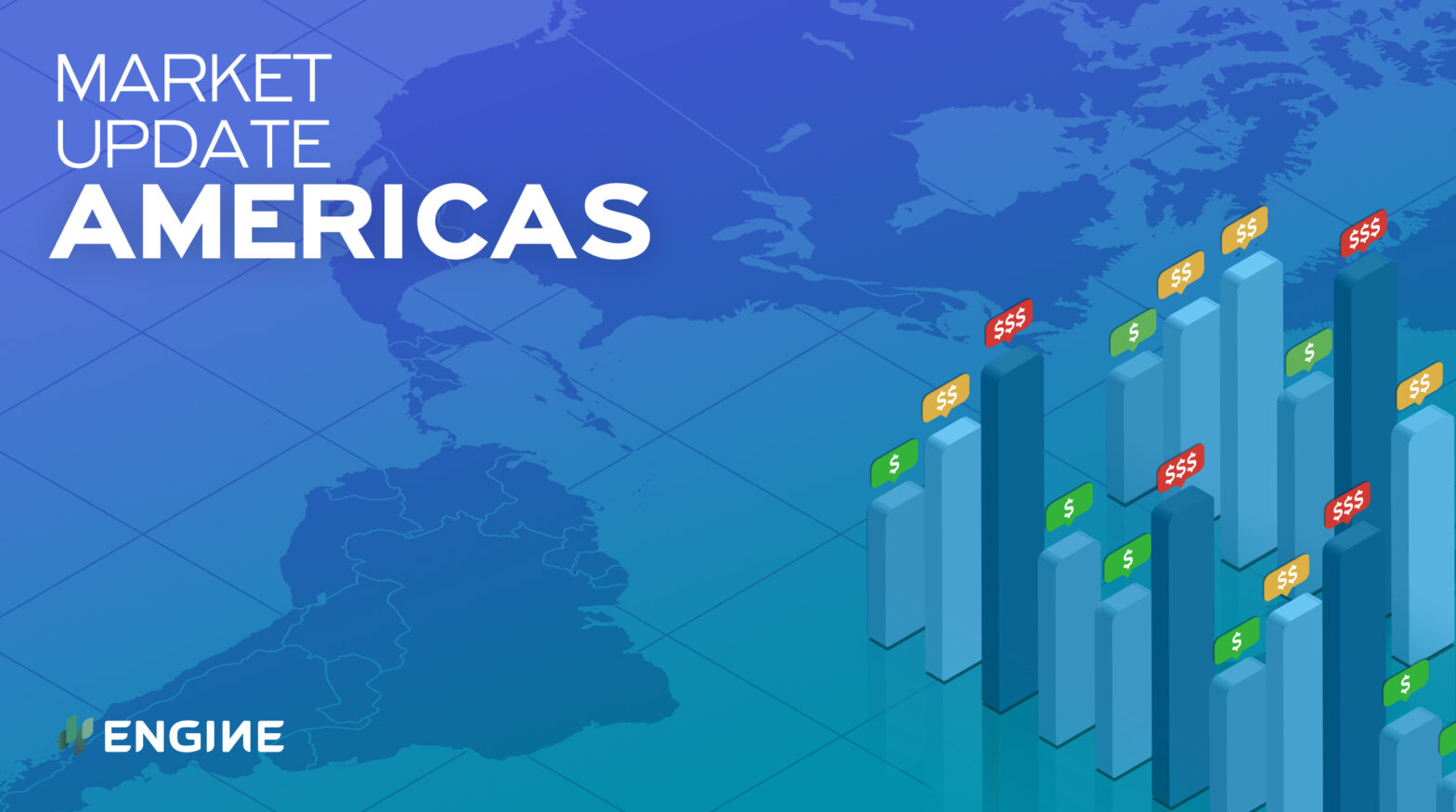Bunker prices are mostly trending downwards in the Americas, and bunkering is expected to resume in Zona Comun with calmer weather tomorrow.
Changes on the day to 09.30 CST (14.30 GMT) today:
- VLSFO prices up in Los Angeles ($25/mt), steady in Houston, and down in Zona Comun ($8/mt), New York ($4/mt) and Balboa ($3/mt)
- LSMGO prices up in New York and Los Angeles ($4/mt) and Houston ($2/mt), steady in Zona Comun, and down in Balboa ($44/mt)
- HSFO380 prices up in Los Angeles ($25/mt) and Balboa ($6/mt), and down in Houston ($7/mt) and New York ($2/mt)
Strong winds and fog has disrupted bunkering in Zona Comun for several periods since the weekend, shipping agent Antares says. Weather conditions are not expected to improve in the Argentinian anchorage location until tomorrow afternoon. Around 20 vessels are currently at anchorage.
Refinery stock levels are “normal”, according to Antares, and bunker suppliers are ready to deliver when the weather improves. One can deliver with a two-day lead time.
Los Angeles and Long Beach are heavily congested with over 60 container ships waiting for space to enter. The twin ports have seen unprecedented container processing demand at the heights of their import season.
VLSFO prices have shot up in Los Angeles and Vancouver in the past day. Los Angeles’ price gain has outpaced Vancouver’s by $6/mt, to widen its premium over the Canadian port to $27/mt.
Brent
Front-month ICE Brent has dipped $0.53/bbl lower on the day, to $73.88/bbl at 09.30 CST (14.30 GMT).
A sell-off yesterday was triggered by concerns over the solvency of China’s second-biggest property developer. If Evergrande defaults on its debt payments it could trigger a credit crunch and put off foreign investors.
“Evergrande’s woes are threatening the outlook for the world’s second largest economy and making some investors question China’s growth outlook and whether it is safe to invest there,” OANDA analyst Ed Moya said.
Some support for Brent has come from Shell saying part of its offshore crude production in the Gulf of Mexico will be capped until next year. Hurricane Ida knocked most of Shell’s production capacity in Gulf offline three weeks ago. About 60% of capacity has now been restored, but facilities across its oil fields were heavily damaged.
More and more of the Gulf’s overall crude production capacity returns by the day. 18% of capacity remains shut in, down from a peak of around 95%, according to the latest estimate from the Bureau of Safety and Environmental Enforcement.
The market is looking ahead to the two-day US Federal Reserve (Fed) meeting starting today. Investors will be looking for clues to when the Fed will start tapering its massive asset purchasing programme. Signals from tighter monetary policy from tapering could strengthen the dollar and put downward pressure on Brent.
